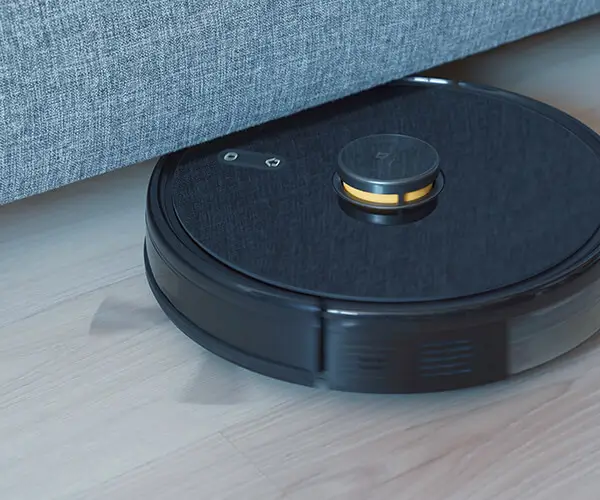Unveiling the Inner Workings: A Deep Dive into Servo Motor Internal Structure
Servo motors are the heartbeat of modern automation, robotics, CNC machinery, and aerospace systems. They are renowned for their precision, speed, and reliability, making complex movements appear effortless. But what exactly lies beneath their sleek exterior? To truly appreciate the capabilities of a servo motor, we need to peel back the layers and understand its internal structure—a complex yet elegant symphony of components working in harmony.

The Core Components: An Overview
At its essence, a servo motor is a type of rotary actuator designed for precise control of angular position, velocity, and acceleration. Its internal architecture can vary depending on the type (AC or DC, brushless or brushed), but most share common core components:
Rotor: The rotating part, often containing permanent magnets or windings. Stator: The stationary outer part with electromagnetic windings. Gear Train: A mechanical assembly that adjusts the motor's output speed and torque. Feedback Device: Usually a rotary encoder or resolver that provides position and speed feedback. Control Circuit: An electronic system that interprets commands and manages power delivery.
Let's explore each part in greater detail.
Rotor and Stator: The Heart of Electromagnetic Interaction
The internal heart of a servo motor involves the interaction between the rotor and stator:
Rotor: In a brushed DC servo motor, the rotor contains wound windings or a permanent magnet, depending on the design. In brushless variants, the rotor usually contains permanent magnets, offering less maintenance and higher efficiency.
Stator: It consists of electromagnetic coils arranged to produce a rotating magnetic field when energized. This magnetic field interacts with the rotor's magnets, generating torque.
The precise arrangement and material quality of these components determine the torque, speed, and efficiency of the motor.
Magnet Types: Permanent vs. Electromagnetic
Most servo motors use permanent magnets in the rotor for better efficiency and reduced maintenance. The magnets are usually made of rare earth materials like neodymium, which provide strong magnetic fields in a compact form. Alternatively, some designs employ electromagnetic windings in the rotor (rare in servo motors but common in other motor types).
The Role of the Gear Train
Efficiency and precision are heavily reliant on the gear train:
Gearbox: Usually composed of spur, helical, or planetary gears, it reduces the high-speed rotation of the motor to a more manageable, precise output. Purpose: Amplify the torque while decreasing the speed to match the required output specifications. Consideration: The gear quality and design directly influence the motor's accuracy and durability, with high-quality gears minimizing backlash and wear.
Feedback Devices: The Eyes of the Servo
Feedback mechanisms are vital for closed-loop control, allowing the system to determine the exact position and speed of the shaft:
Rotary Encoders: The most common, these sensors translate shaft position into electrical signals—often digital pulses or sinusoidal signals. Resolvers: Similar to encoders but more robust, suitable for harsh environments—they provide continuous position feedback, albeit with less resolution.
The feedback ensures that the servo motor can correct any deviations from desired movement, enabling high-precision control.
Electronic Control Circuitry
The electronic brain of a servo motor interprets feedback signals and modulates power delivery:
Driver Electronics: Convert control signals into appropriate voltage and current pulses. Microcontroller or ASIC: Processes feedback data and adjusts signals to the motor, maintaining the set position or speed. Protection Features: Overcurrent, overheating, and back-EMF suppression safeguard the delicate internal components.
Part 2 follows in the next message.
Leveraging innovations in modular drive technology, Kpower integrates high-performance motors, precision reducers, and multi-protocol control systems to provide efficient and customized smart drive system solutions.




































